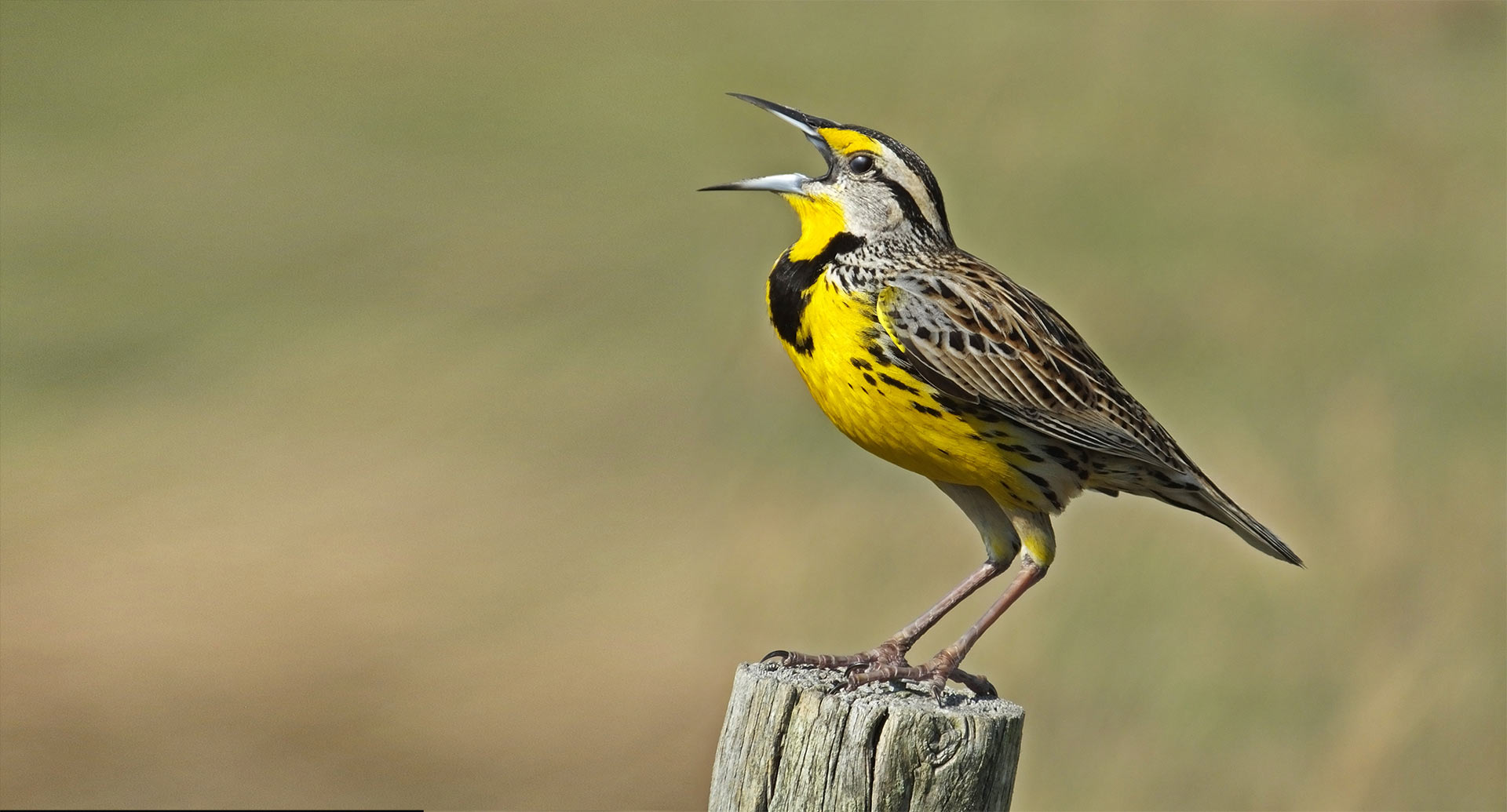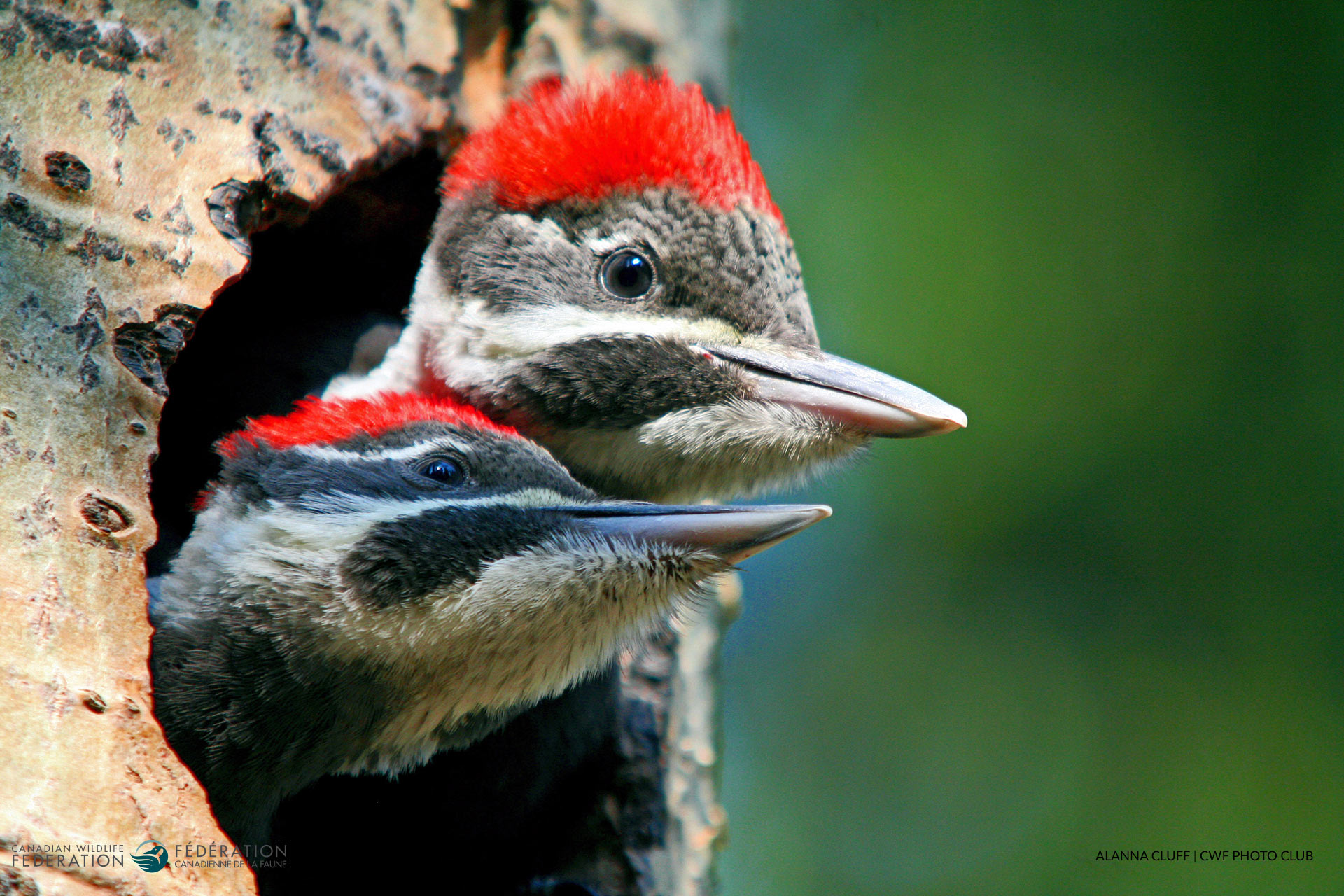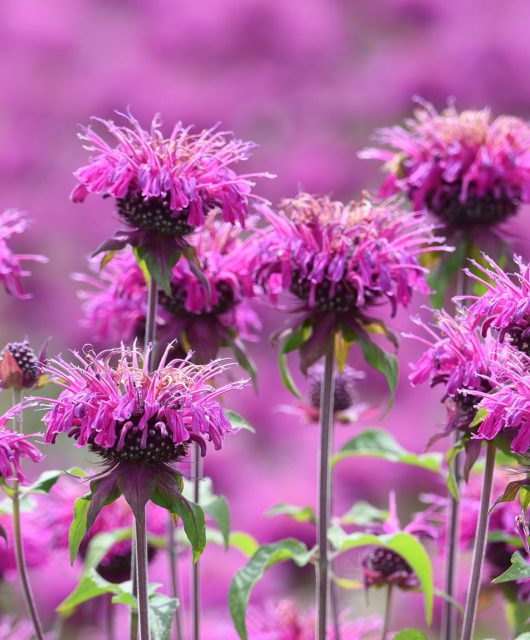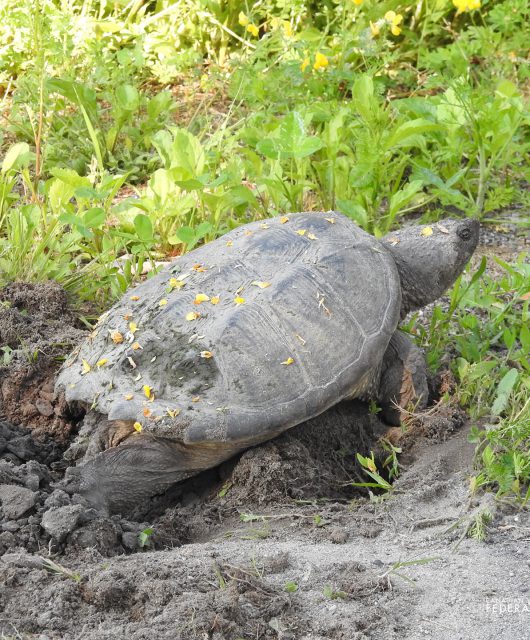How Your Backyard Can Help
Let’s talk birds, bugs and backyards! These three things may be more connected than you think. Migratory birds are some of the world’s most amazing travelers, and while their journeys depend on many things, one crucial factor for many birds is bugs! From caterpillars to beetles, these tiny insects provide the fuel that powers their long, exhausting trips. In fact, insectivorous birds gobble up a whopping 400 to 500 million tons of insects every year! Even birds that aren’t strictly insect-eaters enjoy their fair share of bugs throughout the year.
Birds Are in Trouble

Did you know that in the past 50 years, we’ve lost more than 3 billion birds in North America? The real kicker – most of these losses come from bird species that rely on insects for food. But don’t panic just yet! Here’s the good news, if we help insects thrive, we’re also helping a whole bunch of other creatures, including our feathered friends. So, if you’re looking to make a difference, your own backyard might just be the perfect place to start!
How You Can Help

Here are a few simple steps you can take to protect insects – and, by extension, birds!
#1: Learn About Insects
Knowledge is power! The more you know, the better you can support them! From butterflies and bees to our fabulous flies, every bug plays a role. You can explore more about these insects here.
#2: Tidy Your Backyard…Less!
One of the simplest ways to encourage insects into your yard is by tidying up less. Fallen leaves and brush piles can offer shelter and food for many insects.
You can help butterflies and moths, like the Hummingbird Clearwing Moth and Luna Moths, by allowing leaves to remain under trees, where possible, to help them complete their cycle/metamorphosis.
#3: Add a Log to Your Property
Logs make fantastic bug hotels! Some solitary bees nest in logs while the moist areas beneath bark provide an ideal hiding spot for insects. Ground beetles and some butterflies use the dry sections for overwintering. If the log is vertical, you can keep it stable by burying on end a few inches into the soil.
#4. Say No to Neonics
Neonicotinoid pesticides harm insects – and the birds that eat them. These chemicals can delay migration, reduce body fat and lower reproductive success in songbirds. Avoid pesticides in your garden and plant native species instead.
#5. Turn Off the Lights
Artificial lights disorient nocturnal insects like moths and fireflies, sometimes leading to exhaustion and death. Reduce light pollution by turning off outdoor lights or switching to motion sensors. And put away those bug zappers, they don’t attract mosquitoes, rather the more beneficial insects like moths!
#6: Share Your Observations on iNaturalist.ca
If you’re fascinated by bugs, why not help scientists track their populations? By snapping photos of insects and uploading them to iNaturalist.ca, you can provide valuable data that helps researchers understand insect populations and their habitats. Every butterfly, beetle and bee you spot helps researchers understand and protect these tiny but mighty creatures! Simply download the iNaturalist app or visit iNaturalist.ca to share what you’ve spotted!
#7: Add Native Plants to Your Yard
Many insects need the native plants which they coevolved with over many hundreds of years. With the decline of habitat and the regular planting of introduced trees, shrubs and perennials instead of regionally native plants, we are seeing a huge decline in insects and the birds that rely on them. Some insects like butterflies and moths are specialists in needing larval plants, as with Monarch Butterflies, and some insects, like some solitary bees, need certain flowers to feed on.





